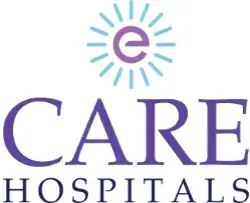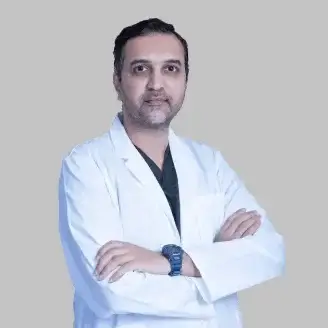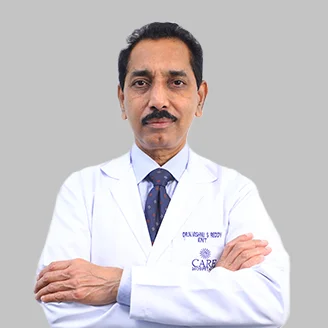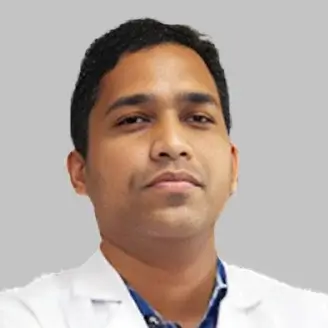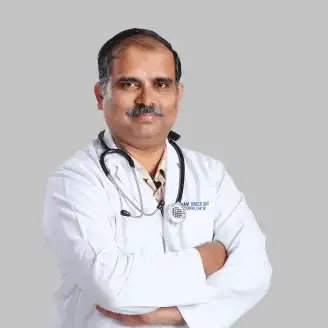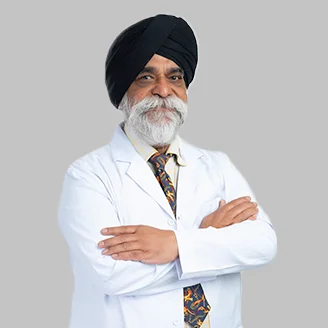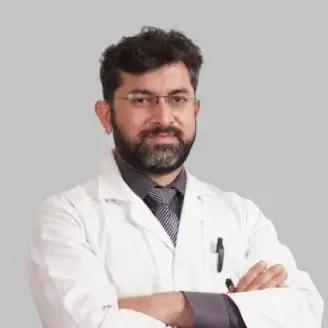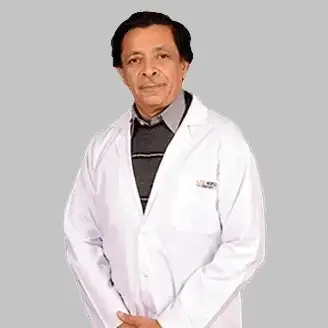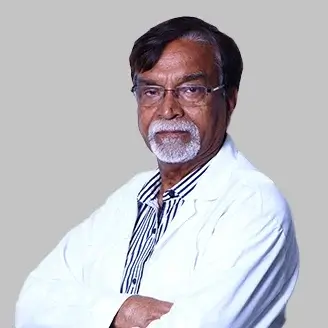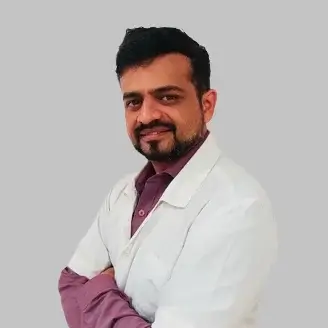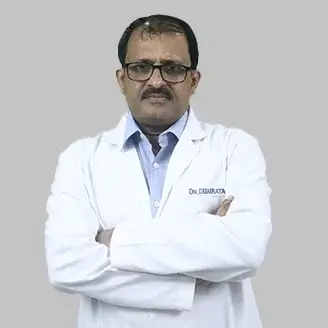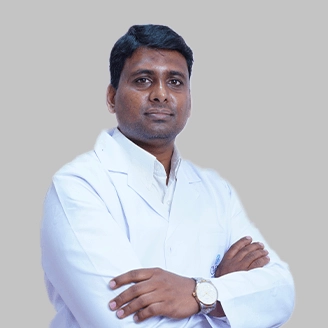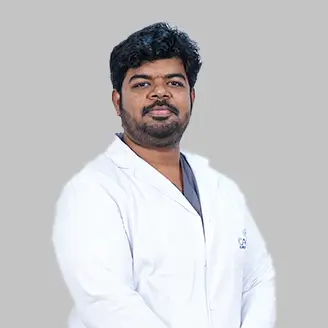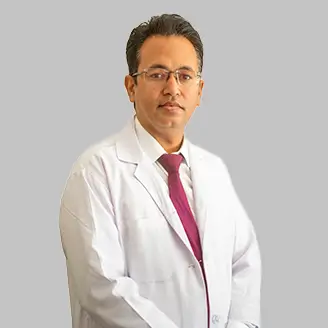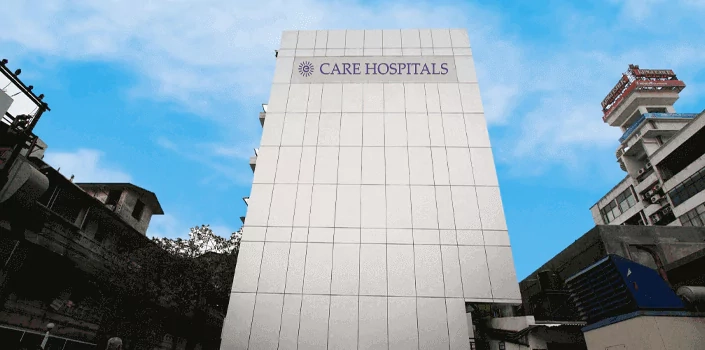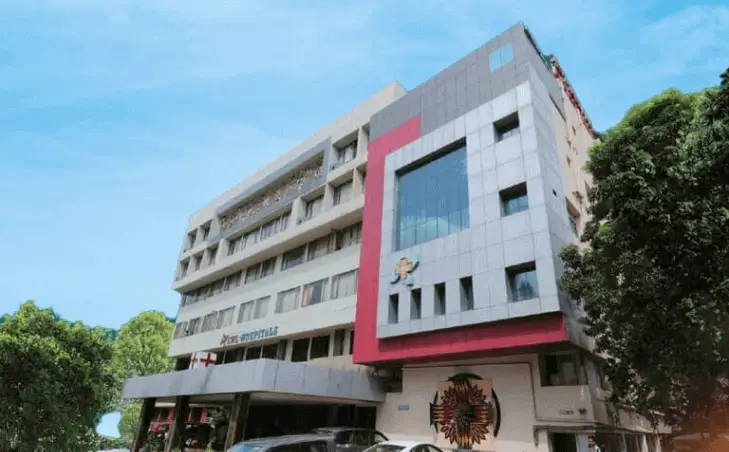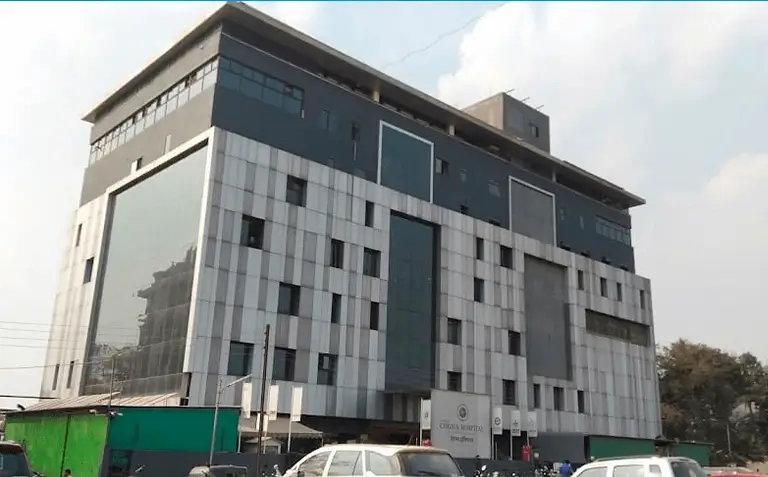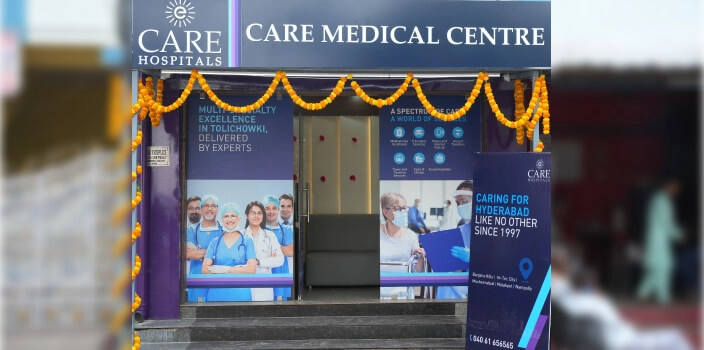-
Doctors
-
Specialities & Treatments
Centre of Excellence
Specialties
Treatments and Procedures
Hospitals & Directions HyderabadCARE Hospitals, Banjara Hills CARE Outpatient Centre, Banjara Hills CARE Hospitals, HITEC City CARE Hospitals, Nampally Gurunanak CARE Hospitals, Musheerabad CARE Hospitals Outpatient Centre, HITEC City CARE Hospitals, Malakpet
HyderabadCARE Hospitals, Banjara Hills CARE Outpatient Centre, Banjara Hills CARE Hospitals, HITEC City CARE Hospitals, Nampally Gurunanak CARE Hospitals, Musheerabad CARE Hospitals Outpatient Centre, HITEC City CARE Hospitals, Malakpet Raipur
Raipur
 Bhubaneswar
Bhubaneswar Visakhapatnam
Visakhapatnam
 Nagpur
Nagpur
 Indore
Indore
 Chh. Sambhajinagar
Chh. SambhajinagarClinics & Medical Centers
Book an AppointmentContact Us
Online Lab Reports
Book an Appointment
Consult Super-Specialist Doctors at CARE Hospitals

Best Hospital for Turbinoplasty Surgery in Hyderabad
- Advanced Technology
- Shorter Hospital Stay
- Pre & Post-Operative Care
- All Insurance Accepted

Chat With Our Experts
Get second opinion on Whatsapp
25 lakhs+
Happy Patients
Experienced and
skilled surgeons
17
Health Care Facilities
Top most Referral Centre
for Complex Surgeries
Advanced Turbinoplasty Surgery
Turbinoplasty surgery is a minimally invasive procedure that targets enlarged inferior turbinates - structures inside the nose that can block airflow and make breathing difficult.
Surgical intervention becomes necessary for patients with hypertrophic inferior turbinates who show no response to medical treatments. Turbinate reduction surgery aims to improve airflow while preserving these nasal structures' important functions.
Recovery from turbinoplasty surgery happens quickly, and patients usually return to their normal activities within a few days. Better breathing becomes noticeable right after the procedure, with minimal complications reported in studies. Surgeons need to carefully balance tissue reduction with preservation, since aggressive turbinate removal can cause serious functional problems.

Why CARE Group Hospitals is Your Top Choice for Turbinoplasty Surgery in Hyderabad
CARE Group Hospitals leads turbinoplasty surgery in Hyderabad with state-of-the-art facilities. Patients trust CARE because of its steadfast dedication to advanced surgical techniques and patient-centred care.
Our doctors choose from several techniques like outfracturing, radiofrequency reduction, and partial turbinectomy to address different levels of nasal obstruction.
Best Turbinoplasty Surgery Doctors in India


State-of-the-art Surgical Breakthroughs at CARE Hospital
CARE Hospital uses state-of-the-art endoscopic techniques that ensure precise treatment of enlarged turbinates. Their specialists use advanced imaging technologies to get a full picture of the nasal passages before surgery. The surgical team performs minimally invasive procedures that cause nowhere near as much discomfort as traditional methods. Patients heal faster, too. A small camera helps surgeons see the turbinates clearly during the operation, which makes the procedure more accurate.
Conditions that Require Turbinoplasty Surgery
You might need turbinoplasty surgery if you have:
- Nasal blockage that medications don't help
- Turbinate hypertrophy that makes breathing hard
- Chronic snoring or sleep problems from blocked nasal passages
- Regular tiredness because you can't breathe properly
- Bad allergies with ongoing nasal symptoms
Turbinoplasty becomes the next step when regular treatments like nasal sprays, antihistamines, and decongestants don't work anymore.
Types of Turbinoplasty Procedures
CARE Hospital's turbinoplasty techniques match each patient's needs:
- Submucosal Turbinoplasty: Removes or repositions extra tissues inside the turbinate while keeping the outer lining safe
- Radiofrequency Turbinate Reduction: Uses controlled radiofrequency energy to shrink swollen tissues with minimal invasion
- Microdebrider-assisted Reduction: Uses special surgical tools to remove extra tissues precisely
- Partial Turbinectomy: Takes out part of the turbinate to reduce nasal blockage
The surgeon picks the best technique based on the patient's anatomy and how enlarged their turbinates are. The goal is to keep the turbinates working properly while fixing the congested areas.
About the Surgery
Patients need several steps to prepare for turbinoplasty surgery. The process starts with detailed tests like nasal endoscopy and physical examinations to assess turbinate size. Doctors will ask patients to:
- Stop taking blood thinners
- Provide a complete medical history
- Report any allergies or bleeding disorders
The surgery begins after giving anaesthesia—either local or general, based on the chosen technique. The surgeon reaches the turbinates through small incisions inside the nostrils. Different techniques like radiofrequency reduction, coblation, microdebrider submucosal resection, and partial turbinectomy can be used. Each method aims to shrink or remove excess turbinate tissue while keeping the mucosal lining's functions intact.
Recovery after turbinoplasty surgery usually takes 2-4 weeks. Patients need to stay in the hospital for at least two days. They should follow these guidelines:
- Keep their mouth open when sneezing
- Avoid forceful nose blowing
- Sleep with your head elevated
- Use a nasal saline spray for moisture
Risks and Complications
Turbinate reduction surgery is safe but comes with some risks. These include:
- Bleeding
- Infection
- Scarring
- Nasal dryness
- Septal perforation
- Empty nose syndrome in rare cases (from removing too much tissue)
Benefits of Turbinoplasty Surgery
Turbinoplasty surgery's benefits are most important. These benefits include:
- Clearer nasal passages for better breathing
- Better sleep quality
- Freedom from chronic congestion
- Relief from severe allergy symptoms
Insurance Assistance for Turbinoplasty Surgery
Insurance often covers turbinoplasty surgery if it's medically needed. Your provider will need pre-authorisation and proof that non-surgical treatments didn't work. Make sure both your surgeon and facility are in your insurance network.
Second Opinion for Turbinoplasty Surgery
Getting a second opinion is a great way to confirm your diagnosis and learn about other treatment options. Remember to bring your medical records, imaging results, and previous consultation notes to these appointments.
Conclusion
Turbinoplasty surgery helps people who struggle with nasal breathing problems. The procedure has transformed many patients' quality of life. Medical treatments help most people, but surgery becomes the best option when medications don't provide relief.
CARE Group Hospitals' Hyderabad facility delivers unmatched care to turbinoplasty patients. Their advanced techniques, like endoscopic surgery and specialised instruments, will give a precise treatment with minimal discomfort. Modern approaches lead to faster recovery times and improved outcomes.
Turbinoplasty surgery offers lasting relief to people with chronic nasal blockage. The procedure's high success rate shows why many patients choose this option when other treatments don't work. This helps them breathe freely once again.
Turbinoplasty Surgery Hospitals in India
-
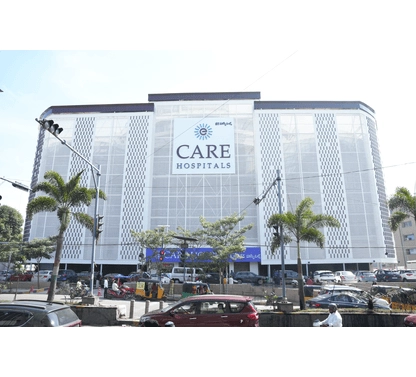
CARE Hospitals, Banjara Hills, Hyderabad
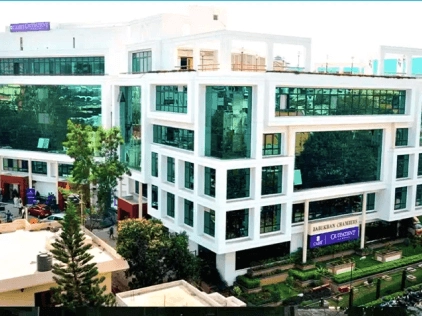
CARE Hospitals Outpatient Centre, Banjara Hills, Hyderabad
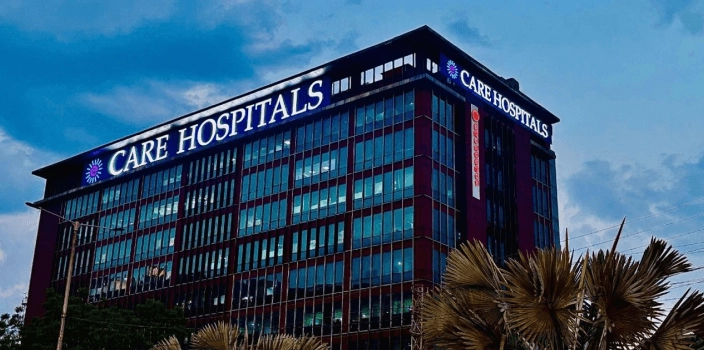
CARE Hospitals, HITEC City, Hyderabad
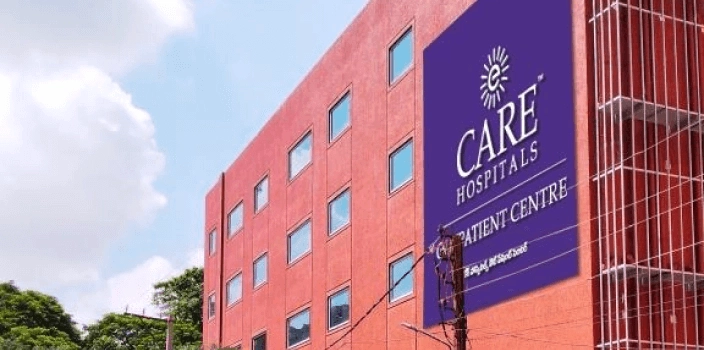
CARE Hospitals Outpatient Centre, HITEC City, Hyderabad
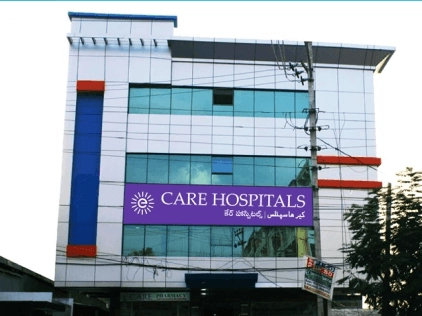
Gurunanak CARE Hospitals, Musheerabad, Hyderabad

CARE Hospitals, Nampally, Hyderabad
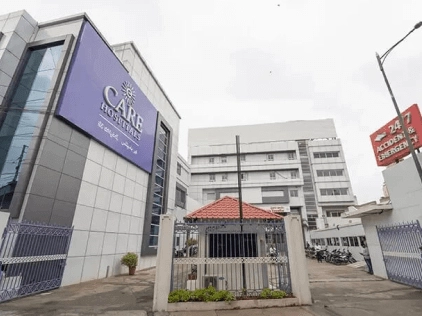
CARE Hospitals, Malakpet, Hyderabad
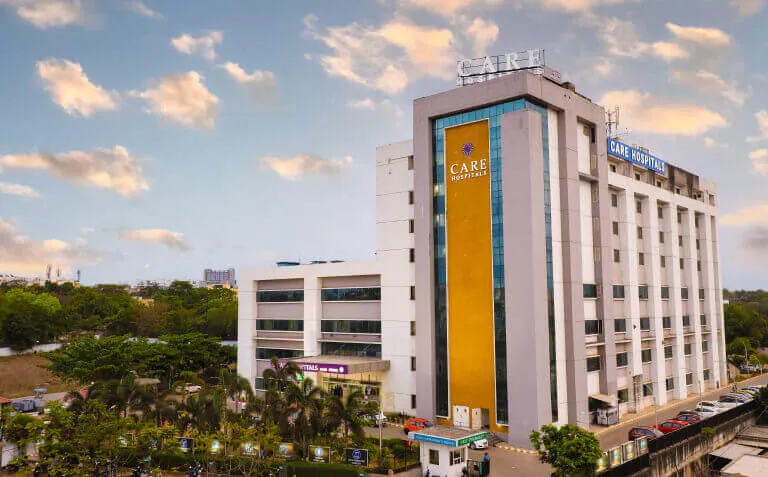
CARE Hospitals, Bhubaneswar
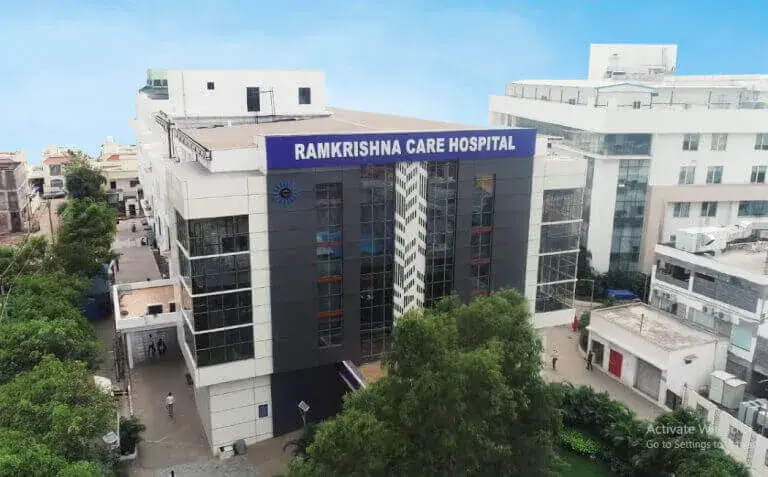
Ramkrishna CARE Hospitals, Raipur
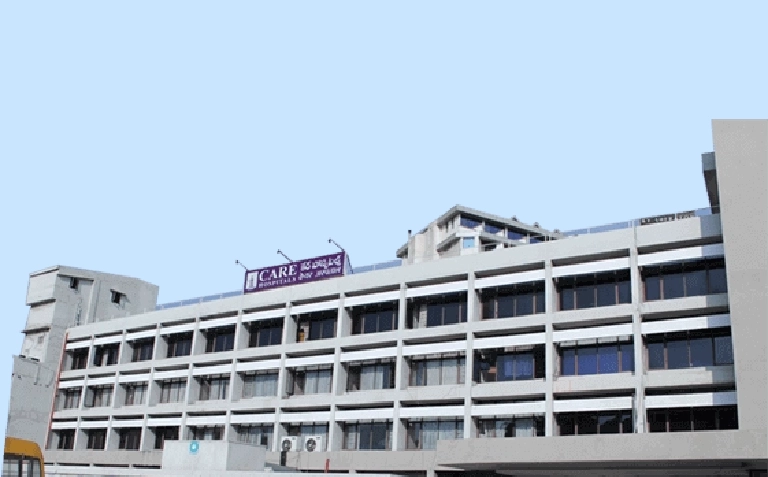
CARE Hospitals, Ramnagar, Visakhapatnam
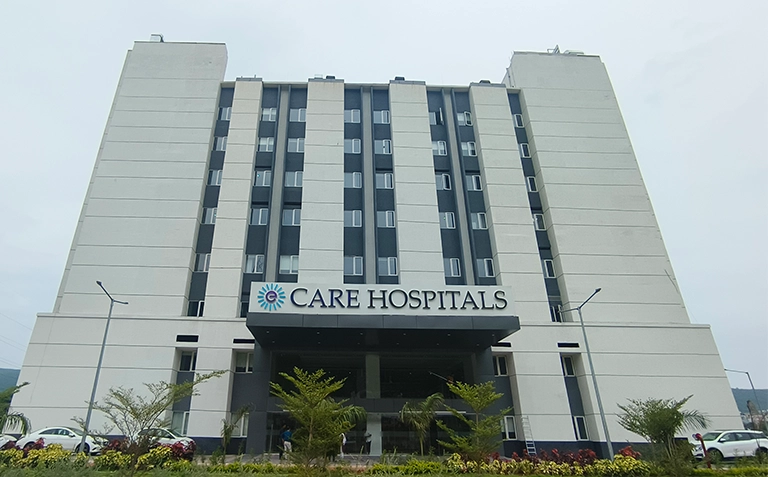
CARE Hospitals, Health City, Arilova
Related Surgeries
- Best Hospital for Thyroplasty Surgery in Hyderabad
- Best Hospital for Mastoidectomy Surgery in Hyderabad
- Best Hospital for Palatoplasty Surgery in Hyderabad
- Best Hospital for Turbinoplasty Surgery in Hyderabad
- Best Hospitals for Maxillectomy Surgery in Hyderabad
- Best Hospital for Septoplasty Surgery in Hyderabad
- Best Hospital for Hemithyroidectomy Surgery in Hyderabad
- Best Hospital for Tracheostomy Surgery in Hyderabad
- Best Hospital for Myringotomy in Hyderabad
- Best Hospital for Adenoidectomy Surgery in Hyderabad
Frequently Asked Questions
Turbinoplasty surgery makes the turbinates smaller. These small structures inside your nose cleanse and humidify the air. Allergies, irritation or infection can make them swell up and block your nasal passages. This procedure helps improve airflow while keeping these nasal structures working properly.
Turbinoplasty has proven quite safe with a high success rate. Like any surgery, it does come with some risks. Patients rarely develop synechiae - scar tissue between the turbinate and septum. Most people feel minimal discomfort and get excellent results.
The surgery usually takes 30 to 60 minutes. Some patients need only 20-30 minutes. Your surgery time depends on how enlarged your turbinates are and whether you need other procedures done at the same time.
Here are the potential risks:
- Bleeding and infection
- Dry nose and crusting
- Changes in smell
- Scar tissue forming
- Empty nose syndrome (rare)
You can return to work within a week. Full recovery takes about 6 weeks. Your nasal passages heal gradually during this time. Some congestion is normal for at least two weeks until the swelling goes down.
Turbinates naturally swell and shrink between the nasal passages every few hours. This process often gets worse at night, especially with allergies or sinusitis. Enlarged turbinates make breathing hard and often lead to dry mouth when you wake up and snoring.
These signs might mean you need turbinoplasty:
- Nasal congestion that medicines don't help
- Trouble breathing through your nose
- Regular sinus infections
- Poor sense of smell
- Breathing through your mouth often
Still Have a Question?
